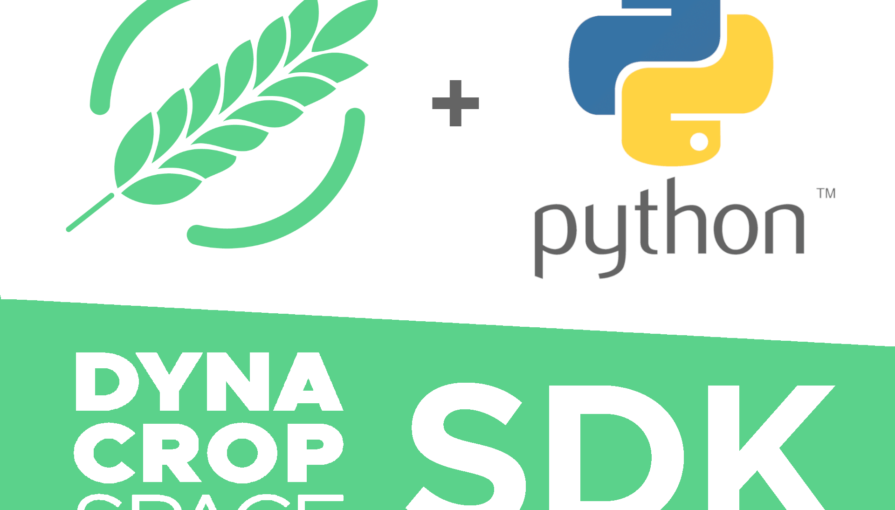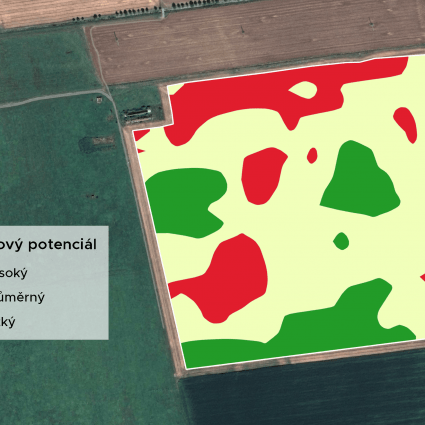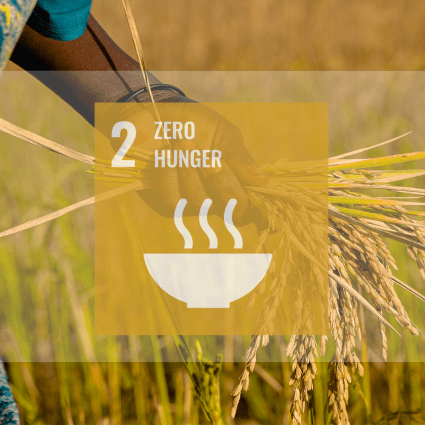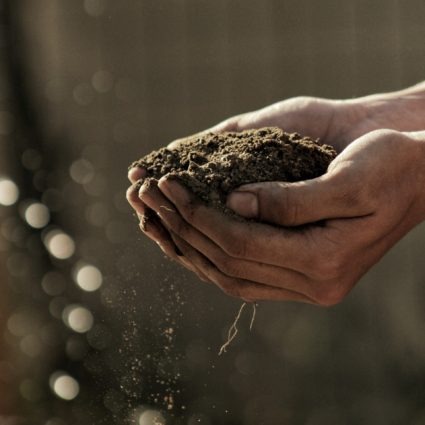Introducing Python SDK: An easy access to DynaCrop services
Last several months, we’ve been working hard to make DynaCrop services available for you, our users, at ease. We realise that access possibilities are essential since the API is utilised in various cases. So, for all the system developers, integrators, agronomists, consultants or playful farmers, there comes the DynaCrop SDK.
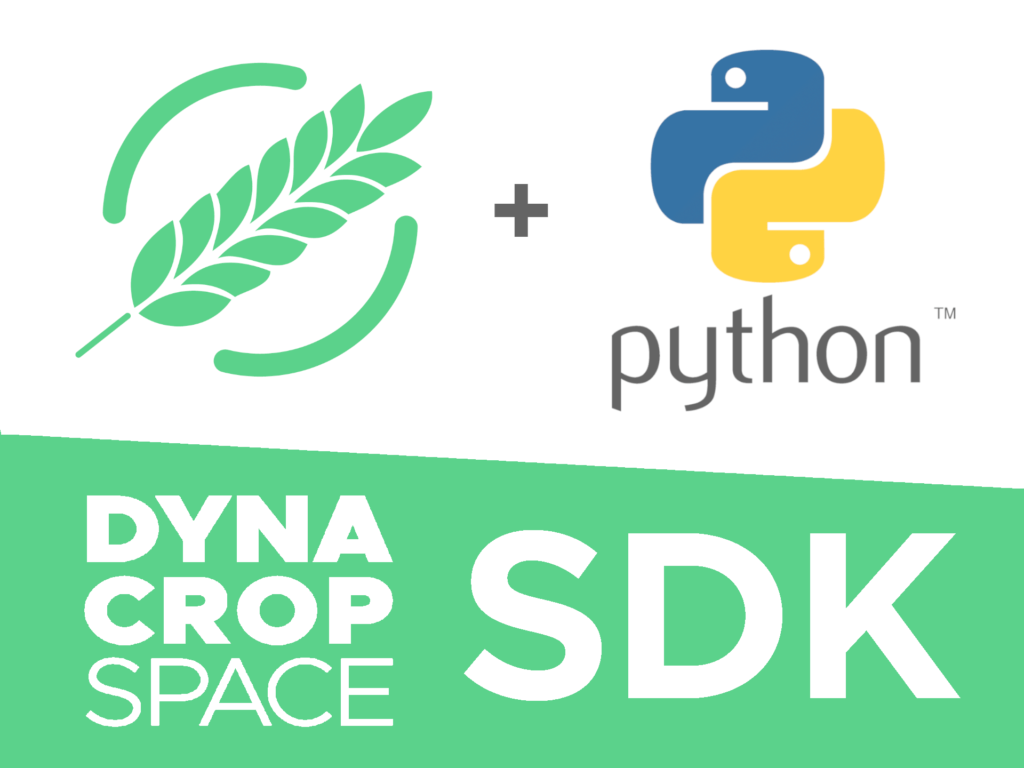
What is a Software Development Kit?
The Software Development Kit, or SDK in short, is a library of tools that wraps around an existing software or system and serves to extend its functionalities. It comes in handy when the software needs to be used on different platforms, is complicated, has no graphical user interface, when there are use cases for it in bulk operations or on big data. This is good not only for users but also for the developers themselves as they can use an SDK to enhance the main software on the rebound.
Why do I need an SDK for DynaCrop?
If you had nothing but a regular browser, how would you use the DynaCrop API? How would you obtain your field overview?
If you thought of the address bar, you’re on the right path. You would have to write the whole URL address with all the request logic. After some struggle, the answer would be: “Ok, working on it! Let me know later when the results are ready!” Wait… Another request? And how do I even know when the results are ready?!
You see this is prone to mistakes and generally uncomfortable. Even if you got the results, you would have to process them to a more human form which is bothersome.
The best thing is that our SDK takes care of all of that for you. And not only that. See where we’re going?
Alright, so what is the DynaCrop SDK like?
The DynaCrop SDK is a Python library that you can simply install, import, and use as you integrate or code around the DynaCrop services. We opted for Python since it is a language of spatial science as well as an all-purpose development platform.
The SDK communicates with the DynaCrop API for you, lists information, waits for the results and lets you store them in various formats. While it holds the basics of the DynaCrop API, there is always room for creating extensions. What if you want zonations of your fields only for the summer seasons? What if you want to declare threshold conditions for soil moisture and biomass amount? Building these functions becomes much easier with the SDK.
No wonder we plan to add such use cases in the future to help expand knowledge to your agricultural production.
How do I get to all this?
Using DynaCrop SDK is free, however you will need your API key to use DynaCrop services behind it.
It is hosted as one of our BitBucket repositories or you just go and install it from the Python Package Index with pip.
„`pip install dynacrop„`
The SDK has its documentation with examples that lead you through the fundamental usage and will be continuously updated.
While we’re working on the SDK to become even better and to cover all features of the DynaCrop API, we encourage you to bring your own ideas and frustrations, too.
What do you wish to learn about your farming from space using the SDK and how would you improve it? Write us at support@dynacrop.space.
Have an issue with the SDK or don’t know how to use it?
Do not hesitate to fire an issue on our issue tracker in the BitBucket repository or write us at support@dynacrop.space.

